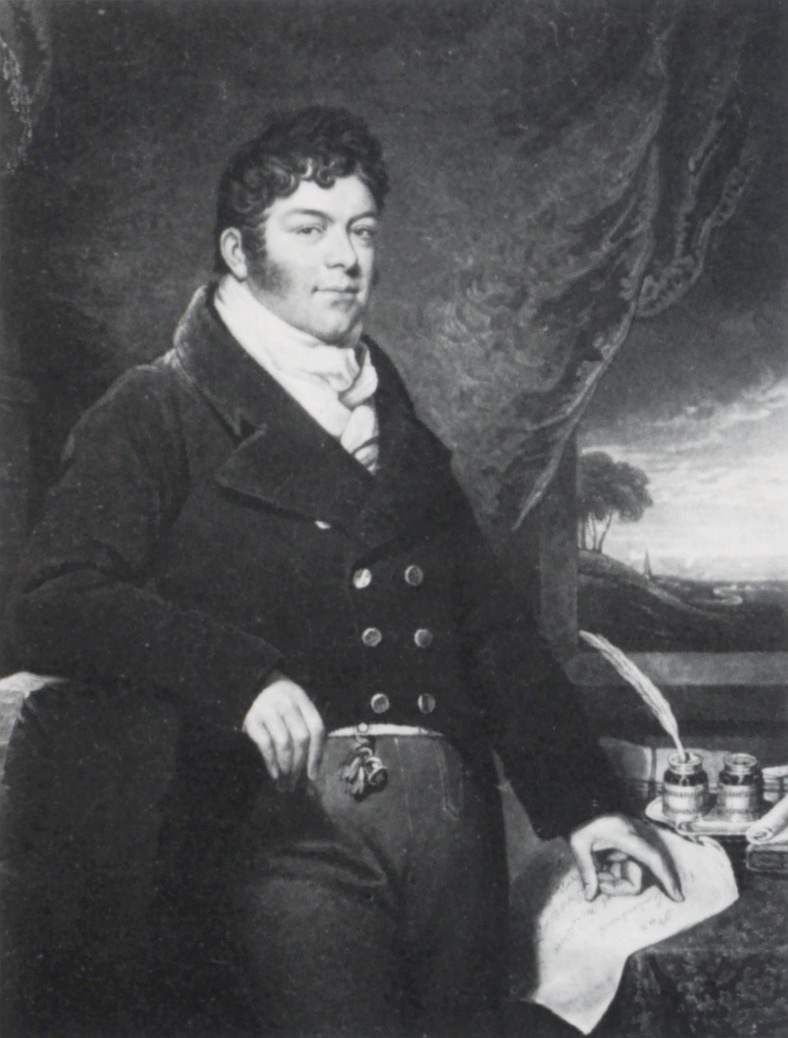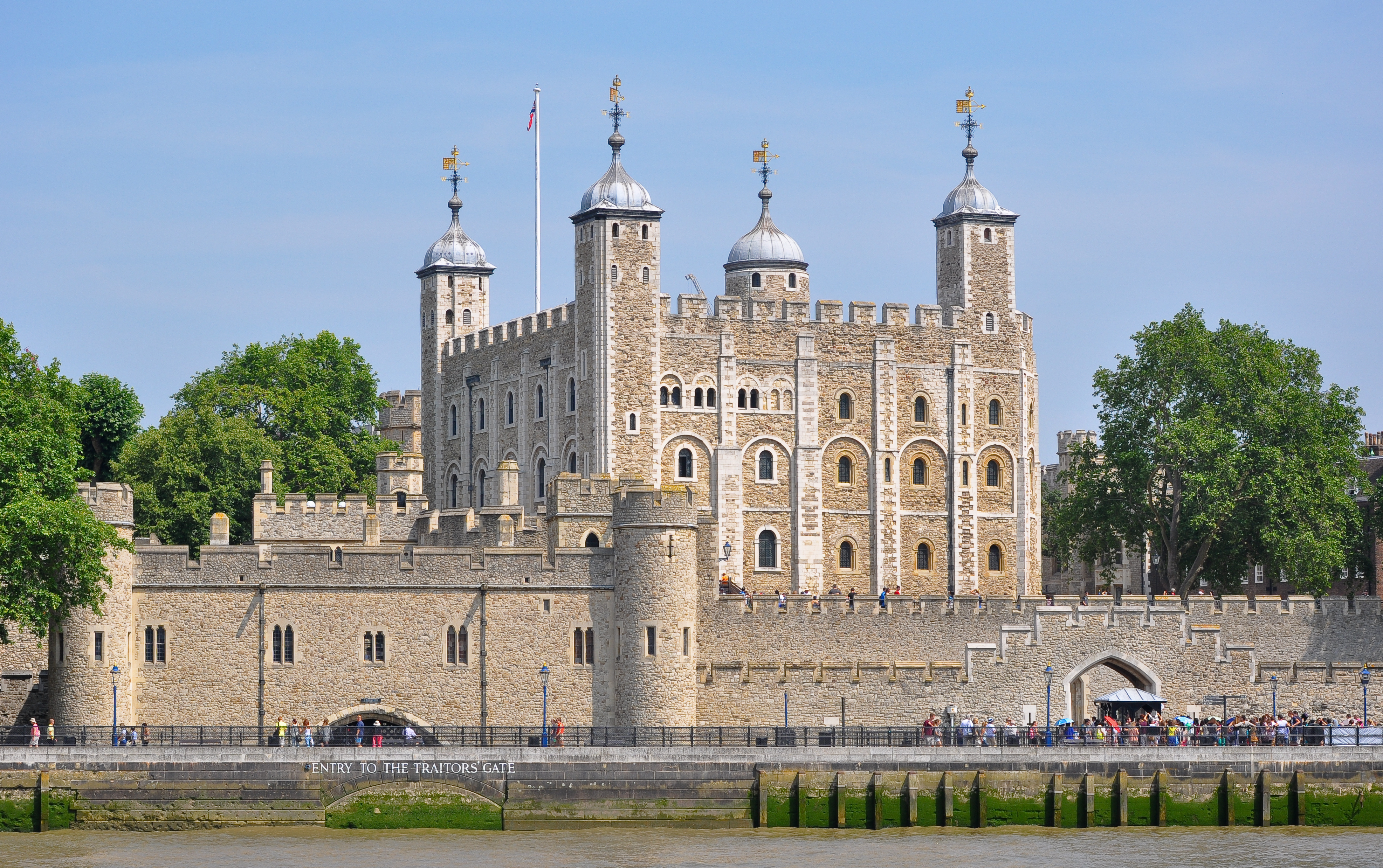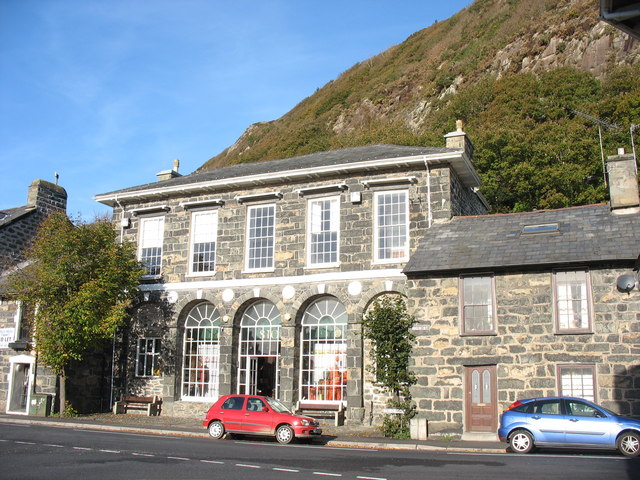|
Minffordd
Minffordd (''roadside'' in Welsh) is a village within the Welsh county of Gwynedd. It is situated on the A487 road between Porthmadog and Penrhyndeudraeth, and in the community of the latter. The village has two adjacent railway stations, which are served both by Cambrian Line mainline train services and the narrow gauge Ffestiniog Railway. In 1992 the ''Ffestiniog Railway'' built a hostel to house volunteers working on the line. The stations are approximately quarter of a mile from the start of the mile-long drive to the Italianate hotel-village of Portmeirion. Nearby are the minor remains of a medieval castle (known variously as Castell Deudraeth, Castell Gwain Goch and Castell Aber Iau). The castle was first recorded by Giraldus Cambrensis (Gerald of Wales) in 1188. Garth Quarry was opened in 1870 to produce granite setts for transport to developing towns and cities by the newly opened Cambrian Railways. The quarry now produces roadstone and railway ballast. Ysbyty Br ... [...More Info...] [...Related Items...] OR: [Wikipedia] [Google] [Baidu] |
Minffordd Railway Station
Minffordd railway station (translation ''Roadside'', literally ''Lip of the Road'') is a pair of adjacent stations on separate lines in Gwynedd, Wales. The mainline station opened as Minfford Junction on 1 August 1872 at the point where the then recently built Aberystwith and Welsh Coast Railway line from Dovey Junction to Pwllheli (latterly to become part of the Cambrian Railways) passes under the earlier narrow gauge Festiniog Railway. The latter was built in 1836 to carry dressed slate from Blaenau Ffestiniog to Porthmadog for export by sea, and had carried passengers from 1865 onwards. The station was renamed Minffordd in 1890. A short walk, advertised near the station, leads to Portmeirion. Standard gauge facilities The standard gauge station consists of a single platform with a simple shelter linked to the narrow gauge station by way of an underbridge and a pedestrian ramp. Access to the Cambrian Line is thus by way of the Ffestiniog Railway "Up" platform. Passeng ... [...More Info...] [...Related Items...] OR: [Wikipedia] [Google] [Baidu] |
Ffestiniog Railway
The Ffestiniog Railway ( cy, Rheilffordd Ffestiniog) is a heritage railway based on narrow-gauge, located in Gwynedd, Wales. It is a major tourist attraction located mainly within the Snowdonia National Park. The railway is roughly long and runs from the harbour at Porthmadog to the slate mining town of Blaenau Ffestiniog, travelling through forested and mountainous terrain. The line is single track throughout with four intermediate passing places. The first mile of the line out of Porthmadog runs atop an embankment called ''the Cob'', which is the dyke of the polder known as Traeth Mawr. The Festiniog Railway Company, which owns the railway, is the oldest surviving railway company in the world. It also owns the Welsh Highland Railway, which was re-opened fully in 2011. The two railways share the same track gauge and meet at Porthmadog station, with occasional trains working the entire route from Blaenau Ffestiniog to Caernarfon. History The railway company is pro ... [...More Info...] [...Related Items...] OR: [Wikipedia] [Google] [Baidu] |
Penrhyndeudraeth
Penrhyndeudraeth (; ) is a small town and community in the Welsh county of Gwynedd. The town is close to the mouth of the River Dwyryd on the A487 nearly east of Porthmadog, and had a population of 2,150 at the 2011 census, increased from 2,031 in 2001. The community includes Minffordd and Portmeirion. History An older settlement of a few cottages at Upper Penrhyn was originally called ''Cefn Coch'' ('Red Ridge') and that name is perpetuated by the Penrhyndeudraeth primary school, which is known as Ysgol Cefn Coch; but the town proper is comparatively modern. The ground on which it stands was a malarial swamp encircling a huge stagnant pool. The present town owes its existence as a commercial centre to a local landowner, David Williams of Castell Deudraeth near Minffordd, who in the mid-19th century drained the swamp and dried the pool and constructed many streets. Adopting a scheme of town planning evolved by the builder of Tremadog and his Italian craftsmen, Williams gave ... [...More Info...] [...Related Items...] OR: [Wikipedia] [Google] [Baidu] |
A487 Road
The A487, officially the Fishguard to Bangor Trunk Road, is a trunk road in Wales that follows the coast from Haverfordwest, Pembrokeshire, in the south, to Bangor, Gwynedd, in the north. Route The road starts at a junction with the A40 in Haverfordwest and travels northwest to St David's to switch northeast through Fishguard, Cardigan, Aberaeron, Aberystwyth, Machynlleth and Corris. Through the town of Fishguard, the road width in places is a very narrow single lane, leading to many traffic issues, especially with heavy goods vehicles (HGVs). From 2010, articulated HGVs were diverted from the section between Cardigan and Fishguard because of this, and routed instead via the A478 road to Penblewin, then the A40 to Fishguard via Haverfordwest. However, there were still problems to some extent. The road continues to Dolgellau multiplexing with the A470 north of the Cross Foxes inn. After Dolgellau, the road continues to multiplex with the A470, re-emerging just north of T ... [...More Info...] [...Related Items...] OR: [Wikipedia] [Google] [Baidu] |
Porthmadog
Porthmadog (; ), originally Portmadoc until 1974 and locally as "Port", is a Welsh coastal town and community in the Eifionydd area of Gwynedd and the historic county of Caernarfonshire. It lies east of Criccieth, south-west of Blaenau Ffestiniog, north of Dolgellau and south of Caernarfon. The community population of 4,185 in the 2011 census was put at 4,134 in 2019. It grew in the 19th century as a port for local slate, but as the trade declined, it continued as a shopping and tourism centre, being close to Snowdonia National Park and the Ffestiniog Railway. The 1987 National Eisteddfod was held there. It includes nearby Borth-y-Gest, Morfa Bychan and Tremadog. History Porthmadog came about after William Madocks built a sea wall, the ''Cob'', in 1808–1811 to reclaim much of Traeth Mawr from the sea for farming use. Diversion of the Afon Glaslyn caused it to scour out a new natural harbour deep enough for small ocean-going sailing ships,John Dobson and Roy Wood ... [...More Info...] [...Related Items...] OR: [Wikipedia] [Google] [Baidu] |
Portmeirion
Portmeirion is a tourist village in Gwynedd, North Wales. It was designed and built by Sir Clough Williams-Ellis between 1925 and 1975 in the style of an Italian village, and is now owned by a charitable trust. The village is located in the community of Penrhyndeudraeth, on the estuary of the River Dwyryd, south east of Porthmadog, and from Minffordd railway station. Portmeirion has served as the location for numerous films and television shows, most famously as "The Village" in the 1960s television show '' The Prisoner''. History Sir Clough Williams-Ellis, Portmeirion's architect, denied repeated claims that the design was based on the fishing village of Portofino on the Italian Riviera. He stated only that he wanted to pay tribute to the atmosphere of the Mediterranean. He did, however, draw on a love of the Italian village stating, "How should I not have fallen for Portofino? Indeed, its image remained with me as an almost perfect example of the man-made adornment and ... [...More Info...] [...Related Items...] OR: [Wikipedia] [Google] [Baidu] |
Castle
A castle is a type of fortified structure built during the Middle Ages predominantly by the nobility or royalty and by military orders. Scholars debate the scope of the word ''castle'', but usually consider it to be the private fortified residence of a lord or noble. This is distinct from a palace, which is not fortified; from a fortress, which was not always a residence for royalty or nobility; from a ''pleasance'' which was a walled-in residence for nobility, but not adequately fortified; and from a fortified settlement, which was a public defence – though there are many similarities among these types of construction. Use of the term has varied over time and has also been applied to structures such as hill forts and 19th-20th century homes built to resemble castles. Over the approximately 900 years when genuine castles were built, they took on a great many forms with many different features, although some, such as curtain walls, arrowslits, and portcullises, wer ... [...More Info...] [...Related Items...] OR: [Wikipedia] [Google] [Baidu] |
Tremadog
Tremadog (formerly Tremadoc) is a village in the community of Porthmadog, in Gwynedd, north west Wales; about north of Porthmadog town-centre. It was a planned settlement, founded by William Madocks, who bought the land in 1798. The centre of Tremadog was complete by 1811 and remains substantially unaltered. Tremadog hosted an unofficial National Eisteddfod event in 1872. Planning By mid-1805, Madocks had already built some houses on the site of Tremadog, for he wrote to the Post-Master at Caernarfon informing him that letters addressed to Pentre-Gwaelod should be delivered to the new houses he had built on Traeth Mawr, near Tan-yr-Allt. Pentre-Gwaelod translates as Bottom Village, but Madocks had grander plans, for aldermen and a mayor had been appointed, and he corrected the word "village" in a letter written soon afterwards to read "borough". He planned it himself, perhaps with some help from architectural friends and architectural books, but his letters reveal that ... [...More Info...] [...Related Items...] OR: [Wikipedia] [Google] [Baidu] |
Ysbyty Alltwen , Minister for Health and Social Services, in July 2009.
Ysbyty Alltwen (English: Alltwen Hospital) is a health facility in Tremadog, Gwynedd, Wales. It is managed by the Betsi Cadwaladr University Health Board. History The facility was commissioned to replace the aging Ysbyty Bron y Garth in Penrhyndeudraeth. It was designed by IBI Group and built on an elevated site which had previously been occupied by a rail interchange and ironstone mine. It cost £19 million to construct and was officially opened by Edwina Hart Edwina Hart, MBE (born 26 April 1957) is a Welsh LabourAssem ... References Hospitals in Gwynedd[...More Info...] [...Related Items...] OR: [Wikipedia] [Google] [Baidu] |
Community Hospital
A community hospital can be purely a nominal designation or have a more specific meaning. When specific, it refers to a hospital that is accessible to the general public, and provides a general or specific medical care which is usually short-term, in a cost-effective setting, and also focuses on preventing illnesses and not only treating them. The word ''community'' often occurs in the name of the hospital. The word ''community'' is used in the sense of a ''location-based community'' for a community hospital. The following sections describe community hospitals when referred to in specific countries. Singapore In Singapore, community hospitals are a class of hospitals that provide continuation of care after discharge from acute hospitals, including rehabilitation and therapy. Thailand In Thailand, ''community hospital'' is a specific classification of public hospitals with a capacity of 150 beds or fewer. They serve local populations in provincial districts, providing primary ... [...More Info...] [...Related Items...] OR: [Wikipedia] [Google] [Baidu] |
Ysbyty Bron Y Garth
Ysbyty Bron y Garth (English: Bron y Garth Hospital) was a health facility in Penrhyndeudraeth, Gwynedd, Wales. It was managed by the Betsi Cadwaladr University Health Board. History The facility has its origins in the Ffestiniog Union Workhouse which opened in 1839. It became the Ffestiniog Public Assistance Institution in 1930 and joined the National Health Service as Bron y Garth Hospital in 1948. After services transferred to Ysbyty Alltwen Ysbyty Alltwen (English: Alltwen Hospital) is a health facility in Tremadog, Gwynedd, Wales. It is managed by the Betsi Cadwaladr University Health Board. History The facility was commissioned to replace the aging Ysbyty Bron y Garth in Penrhynd ..., Ysbyty Bron y Garth closed in 2009. References {{authority control Hospitals in Gwynedd Hospitals established in 1839 1839 establishments in Wales Hospital buildings completed in 1839 Defunct hospitals in Wales ... [...More Info...] [...Related Items...] OR: [Wikipedia] [Google] [Baidu] |
_platform_(south).jpg)




.jpg)


